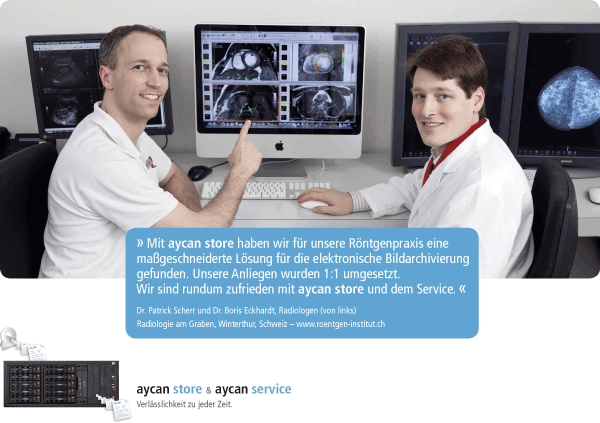If you are a practicing physician then it probably already happened to you more than once. Mature and responsible patients tend to google their symptoms, medication and illnesses on the web – a phenomenon commonly referred to as Cyberchondria. Nine out of ten women more or less decide which oral contraceptive they will take and not the doctor does. She will just let the doctor know whether his choice is suitable for her or not.
A couple of decades ago, the physician has was the ultimate instance, however, over time this absolute power is slowly shifting to a more informed and empowered patient. A circumstance that’s not always easy to handle for a physician, especially if you have started practicing prior to the arrival of the internet and Google being the primary and unfiltered source of information for many people. These times are also reflected in how pharmaceutical companies do marketing. In general, the physician is the person pharma companies are mainly targeting in their marketing endeavors (“push-marketing”). Doctors prescribe the drugs and are the strongest patient influencers. However, since patients tend to inform themselves much more, pharmaceutical companies already start adressing patients with their marketing and PR initiatives (“pull-marketing”). This is (thankfully) a highly regulated subject but pharmaceutical companies find innovative ways of how to interact with patients nevertheless (e.g., through sponsorship of support groups). This fact will make it hard for physicians to advocate old and proven drugs for example, which do not get a lot of attention from Google and the industry.
Now, what’s the best way to handle patients coming to your office with Google print-outs demanding a certain therapy or asking for a different therapy option? First and foremost you have to take them seriously and consider their input. Although it might be difficult, show interest in the patients opinion and findings. In our experience, often times the patient will confront you with very modern and unusual therapeutic regimens that have not been tested in randomized controlled trials and that have caught media attention because of their experimental nature.
Next, verify the source of the print out. Does it come from a trusted support group? From a forum? Does it come from Wikipedia? When has the content been created? Is the information valid? Is it appropriate to use this information in the patient’s situation? Discuss all these issues with the patient. The patient who went at extensive lengths in order to research appropriate information usually wants discourse.
If you believe that the patient is actually presenting valid input, then you should be honest. Don’t try to hide a potential lack of knowledge, but rather tell the patient that in order to verify this piece of information you need to look deeper into the topic. Encourage the patient’s behavior of studying his or her own disease. If the patient is one of those patients that simply want to know just about anything about their disease, then they’ll find out the stuff they want to find out. Your job is to take them seriously, verify the information and guide the patient on whether this is a valid input or if it’s just some shady website.
In the long run, this will strengthen your relationship with the patient. Simply help the patient to sift chaff from the wheat and they will be thankful.
